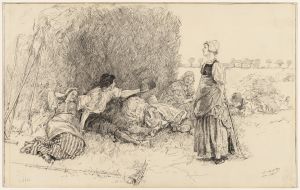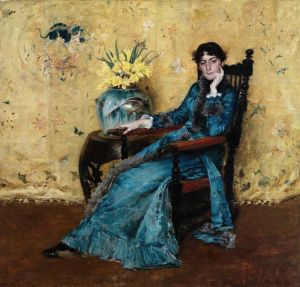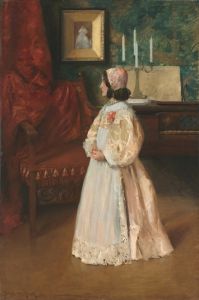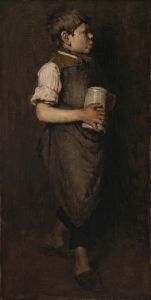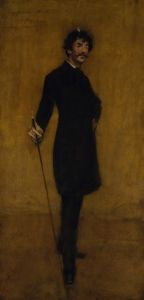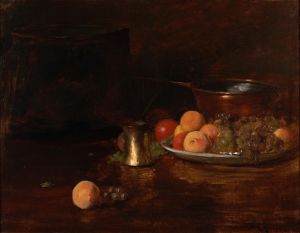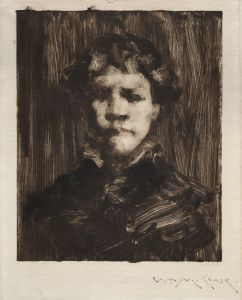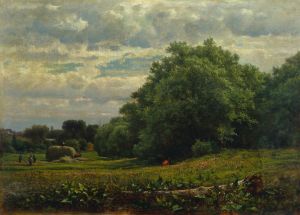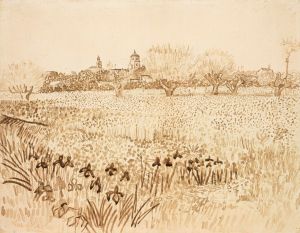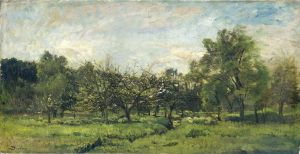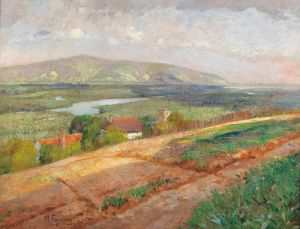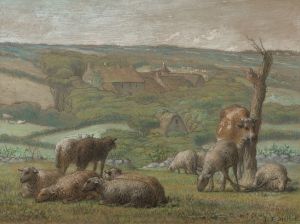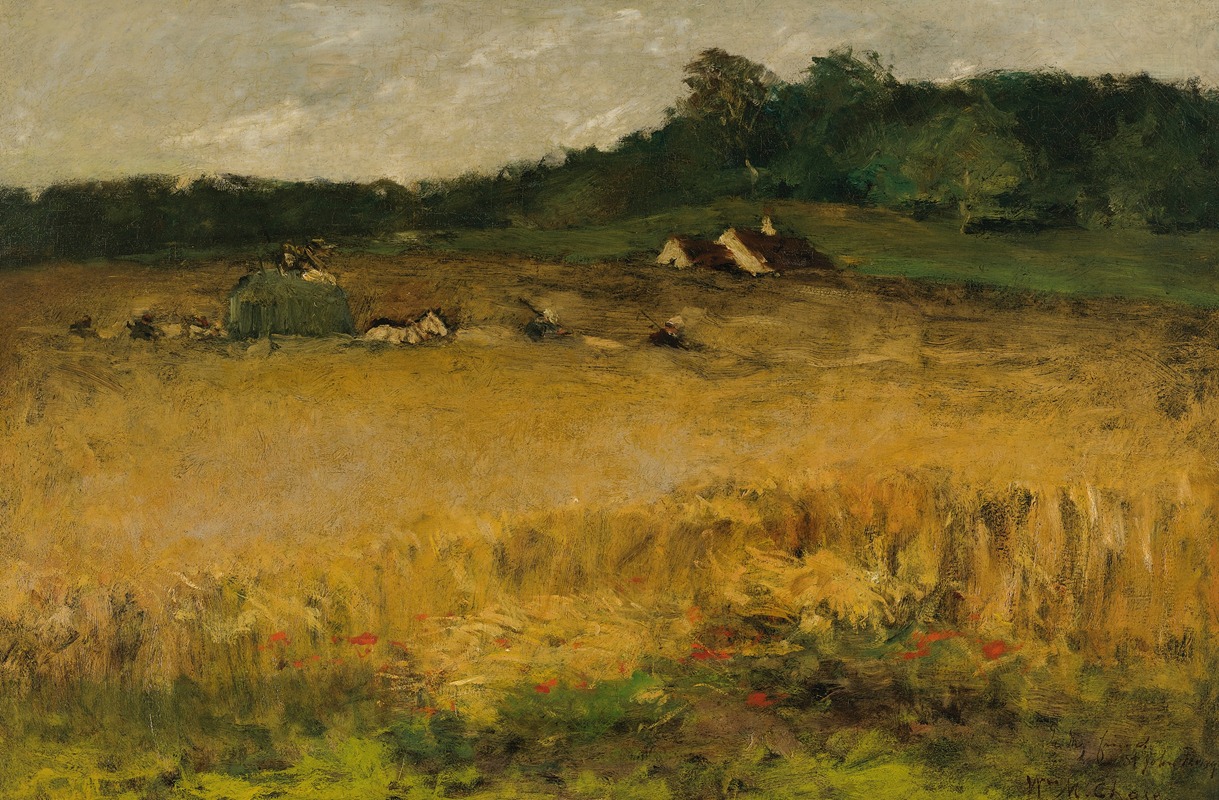
Wheat Field
A hand-painted replica of William Merritt Chase’s masterpiece Wheat Field, meticulously crafted by professional artists to capture the true essence of the original. Each piece is created with museum-quality canvas and rare mineral pigments, carefully painted by experienced artists with delicate brushstrokes and rich, layered colors to perfectly recreate the texture of the original artwork. Unlike machine-printed reproductions, this hand-painted version brings the painting to life, infused with the artist’s emotions and skill in every stroke. Whether for personal collection or home decoration, it instantly elevates the artistic atmosphere of any space.
William Merritt Chase's painting Wheat Field is a notable example of the artist's engagement with American Impressionism and his dedication to capturing the beauty of the natural landscape. Painted in the late 19th century, this work reflects Chase's mastery of plein air (outdoor) painting, a technique he embraced during his career to depict the effects of light and atmosphere on the environment.
The painting features a serene rural scene, with a golden wheat field stretching across the canvas. Chase's use of loose, expressive brushstrokes and a vibrant color palette conveys the warmth and richness of the landscape. The composition is balanced, with the golden hues of the wheat field contrasting against the cooler tones of the sky and distant trees. This interplay of color and light demonstrates Chase's skill in rendering the subtleties of nature.
Chase was a prominent figure in the American art world during his lifetime, known for his versatility and contributions to various genres, including portraiture, still life, and landscape painting. He was heavily influenced by European art movements, particularly the Impressionists, whose emphasis on light and color resonated with his artistic vision. Chase studied at the Munich Academy in Germany and later traveled extensively in Europe, where he absorbed the techniques and styles of the Old Masters and contemporary artists alike.
Wheat Field is representative of Chase's work during his time at Shinnecock Hills on Long Island, New York, where he established a summer art school in 1891. The Shinnecock Hills area provided Chase with an abundance of picturesque landscapes, which he captured in numerous paintings. These works often focused on the interplay between natural elements and the changing effects of light, showcasing his ability to depict the ephemeral qualities of the environment.
The painting is part of Chase's broader body of work that celebrates the American landscape, aligning with the cultural movement of the time to appreciate and document the nation's natural beauty. His contributions to American art, particularly through his teaching and promotion of Impressionist techniques, have left a lasting legacy.
Today, Wheat Field is recognized as an important piece within Chase's oeuvre, reflecting his artistic philosophy and technical expertise. The painting is held in a private collection or museum, though specific details about its current location may vary.





